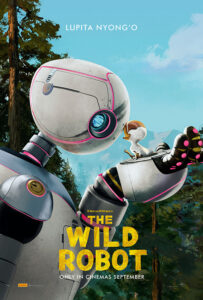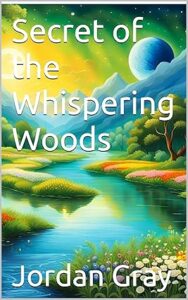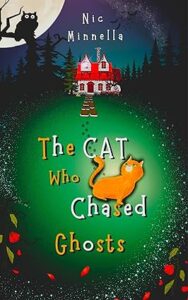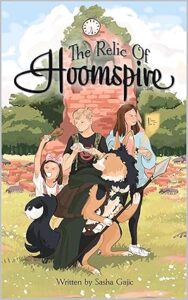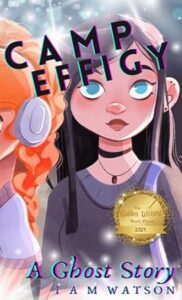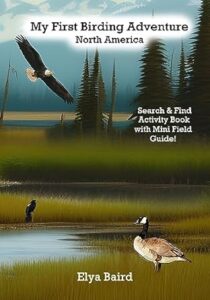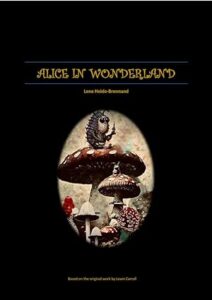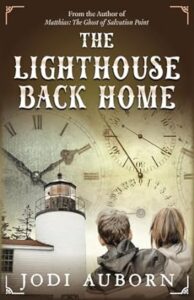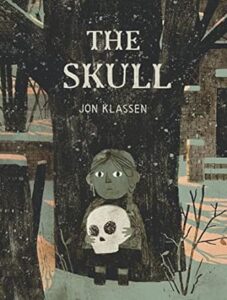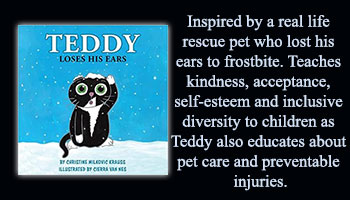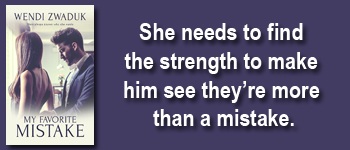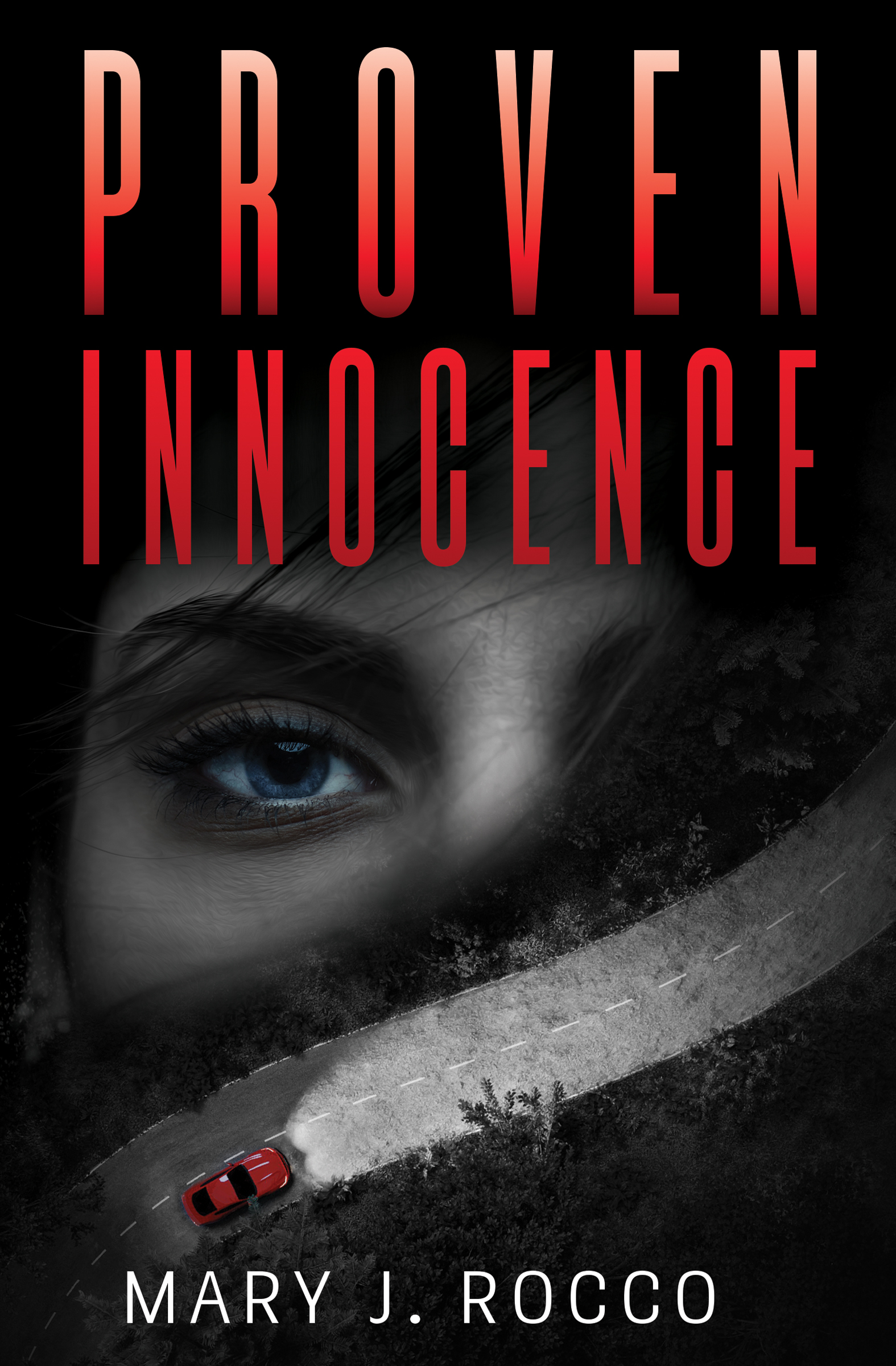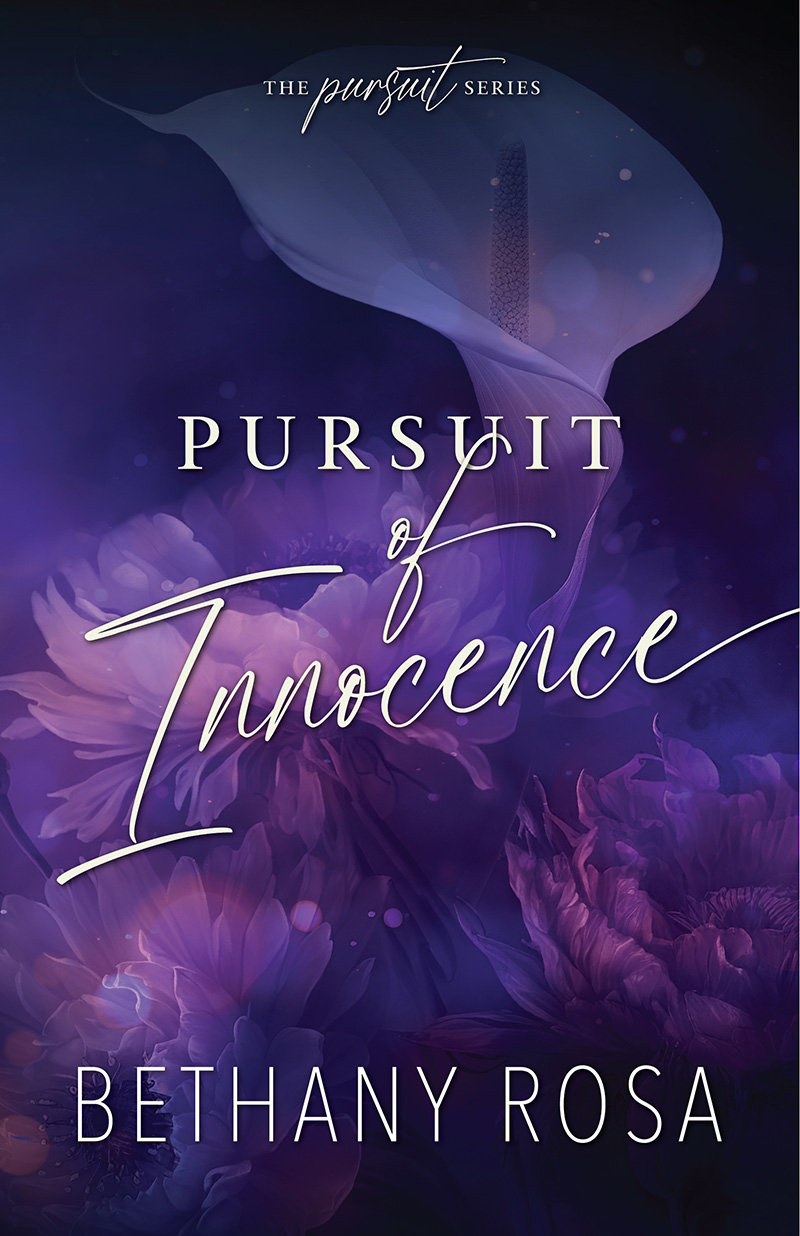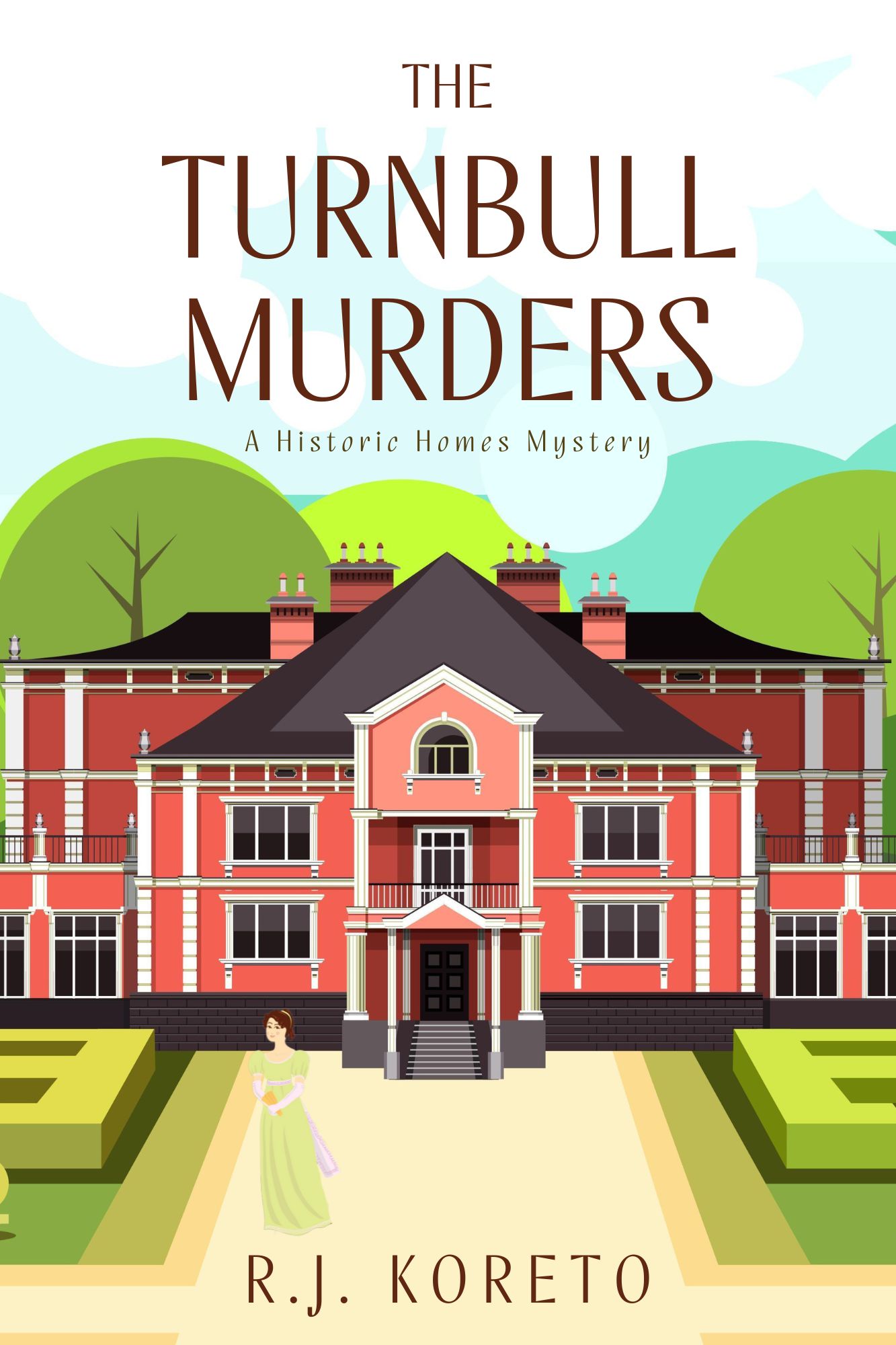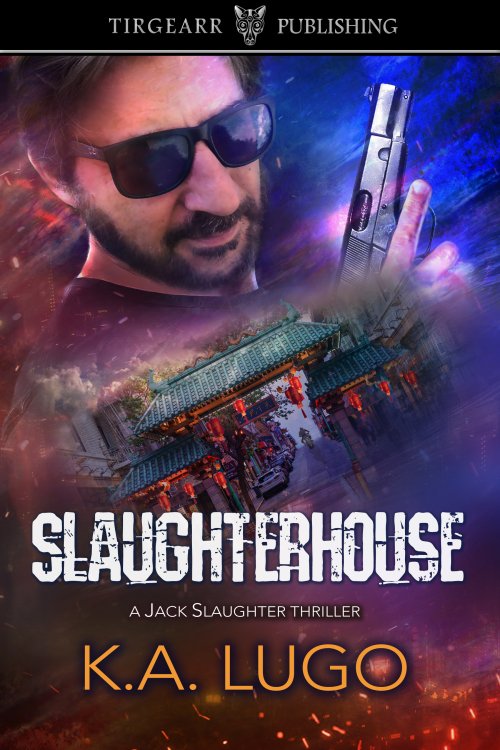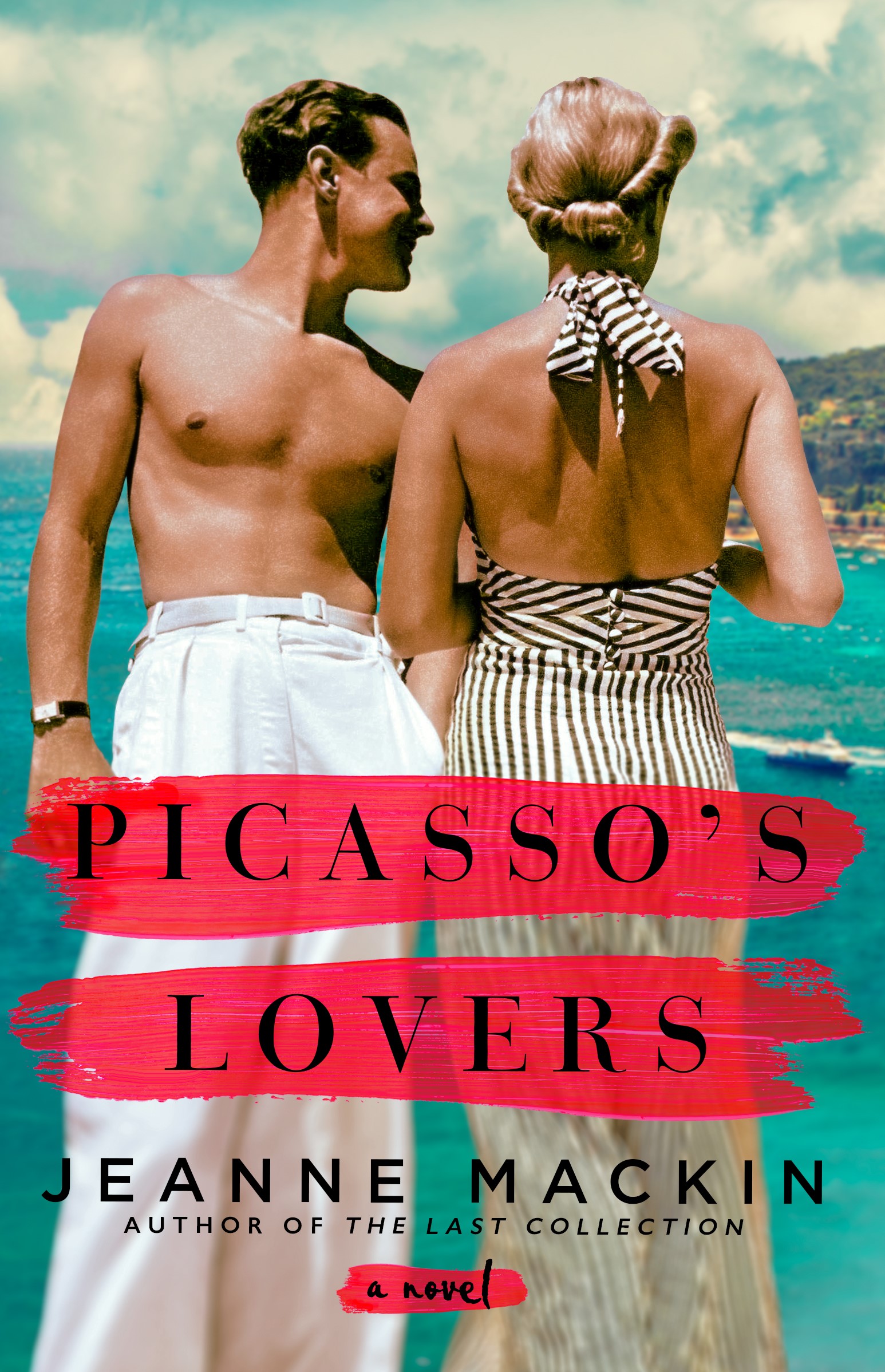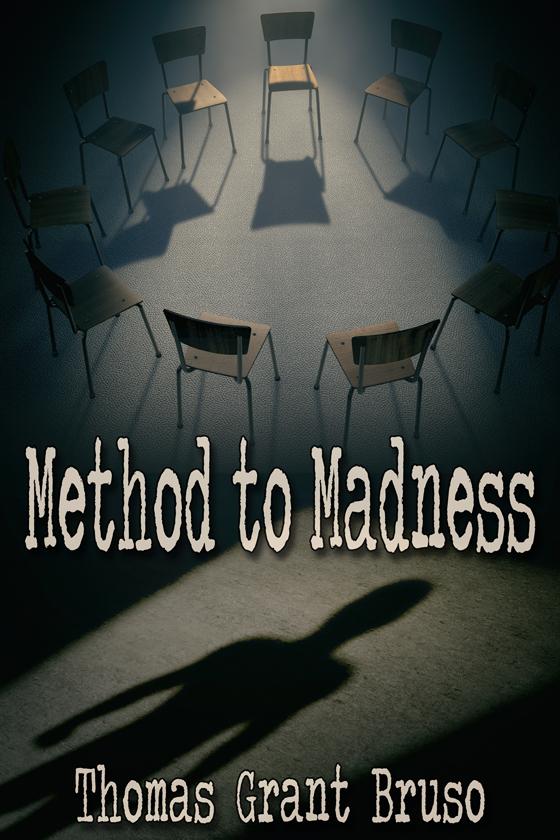The Wild Robot by Writers Chris Sanders, Peter Brown
Director: Chris Sanders
Starring: Lupita Nyong’o, Pedro Pascal, and Kit Connor
Publisher: Dreamworks Animation/Universal Pictures
Genre: Sci-Fi/Fantasy, Children’s (0 – 6 y.o.), Middle Grade (8 – 12 y.o.)
Rating: “Best Movie” – 5 stars (10 stars on IMDB)
Reviewed by DicentraAfter a shipwreck, an intelligent robot called Roz is stranded on an uninhabited island. To survive the harsh environment, Roz bonds with the island’s animals and cares for an orphaned baby goose.
Based on Peter Brown’s The Wild Robot, Chris Sanders’ movie version of the story (produced by DreamWorks Animation and distributed by Universal Pictures) pulled my heartstrings in a way very few movies ever have, animated or not. I can’t even remember the last time I teared up in a theater prior to this movie. Lupita Nyong’o voices the titular robot, Roz, who must adapt to her new environment and complete her programming to ‘help with tasks’ after finding herself shipwrecked on an island.
The emotional connection in this movie is stunning. Roz is, understandably, viewed as an outsider by the other animals on the island. The main theme in this movie is the idea of family (and what that can look like), but it also touches on the ideas of belonging and community. Roz’s motley crew of fox Fink (Pedro Pascal) and orphan gosling Brightbill (Kit Connor) are an unlikely family, but I enjoyed seeing the growth that all three of them went through over the course of the movie. Sometimes there are tragic events in the past that can shape one’s trajectory, but they can also lead to beautiful results. I loved seeing all of the animals on the island, both predator and prey, coming together in a common goal towards the end of the movie. I also thought there were some super fun elements to balance out the deep emotional moments, like how Roz gradually learned the ‘language’ of the animals after her first attempts to communicate did not go as planned (in a very comical manner).
The storytelling was another highlight of the movie. The voices of many of the characters were familiar to me while watching, but I didn’t realize how star studded the cast was until I looked it up after leaving the theater. In addition to Nyong’o, Pascal, and Connor, Catherine O’Hara, Bill Nighy and Mark Hamill are some of the other big names that grace the screen. The animation style was excellent, there’s a lot of humor (both subtle and outright), and it never shied away from tackling the tough topics (while making it accessible to both children and adults).
Overall, an excellent movie and an excellent narrative. I’ve already bought the first book in the series that inspired the movie as a result of watching it, so I’m excited to read it. I would recommend this movie to children and adults of all ages, as I think there’s something that you can take away from it no matter your age.
